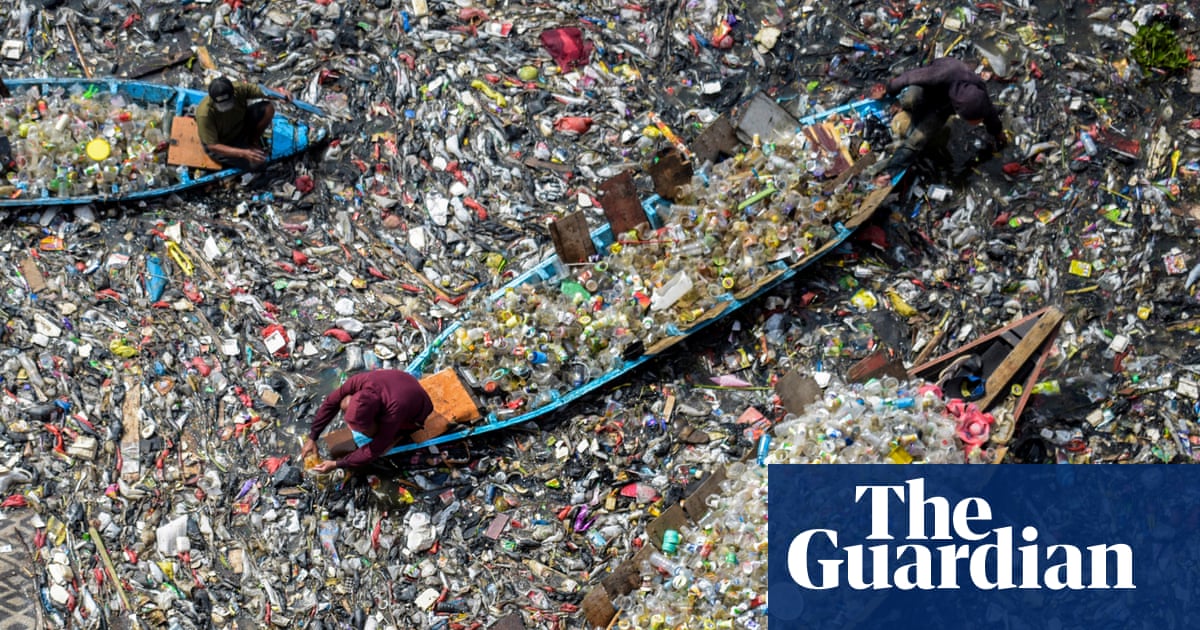My main account is here. I’m also using this one: [email protected], because I really like the feed feature.
Btw I’m a non-binary trans person [they/she/he].
- 15 Posts
- 8 Comments
The answer to this is a bit nuanced since solarpunk is not a political movement per se. Still, to reply to your question as best as I could say through political approaches like social ecology and anarchy, but I wouldn’t want to restrict it.
For more on this, check out the 2 links in my previous comment.
I only watched a few minutes of this video and stopped because it is too ill informed about solarpunk. Maybe it gets better, but the intro made me think that it is not worth my time.
Solarpunk is on the anticapitalist spectrum. The projects portrayed in this video as solarpunk are most certainly not. They are part of the greenwashing of eco-capitalist approaches.
Edit: If anyone would be interested to understand what solarpunk is and were it stands, andrewism would be a good starting point

 2·17 days ago
2·17 days agoSo, again, what are they trying to argue here? The only environmentally responsible option is to leave Gaza destroyed?
From the study itself (4. Discussion & 5. Concluding remarks), this is not what I got. On the contrary, it seems to me like they try to make some calculations/estimations/evaluations so that this is something that takes place.

 5·17 days ago
5·17 days agoThe point of this study, to my understanding, is to calculates some of the aftermath of this ongoing genocide, concerning debris, carbon emissions, time frames, and implications for rebuilding. No?

 2·17 days ago
2·17 days agoIs this supposed to sway eco conscious genocide supporters?
This is not the way I understood this article. It seems to me it is one more argument for the case of continuous ethnic cleansing for so many decades.
If we agree that
most frequently, however, the aim of ethnic cleansing is to expel the despised ethnic group through either indirect coercion or direct force, and to ensure that return is impossible,
then by bombing all buildings, homes and infrastructure, they force people to go somewhere else and in the same time restrict them from coming back, since there is nothing to come back to.
So in this study, they actually measure the not coming back for decades part
Edit: I did several edits. I stop now.

 1·19 days ago
1·19 days agoThanks for the input, I had heard that cork harvesting is considered a sustainable production, but hadn’t looked into it at all. If I got this right, it doesn’t hurt the oak cork trees at all.
That said, if I imagine a corporation like coca-cola wanted to shift to corks, I suppose the demand for them would rise due to how many beverages they sale and more oak corks would need to be planted. Wouldn’t this mean disturbing some existing ecosystems, perhaps clear-cutting some areas of other trees to create new monocultures, just to meet demands?
So in a way I can see how sustainable cork harvesting is in a small scale, but I don’t think it would be the same if big corporations are involved. Something like that.

 6·20 days ago
6·20 days agoI dunno. Cork comes from tree bark, and I would prefer “we” don’t incentivise corporations to mess more with trees.
Also, what they suggest in the article sounds pretty feasible: cleaning the caps before sealing, as well as changing stuff in the manufacturing procedures.
If you ask me, my favourite solution would be to use our own bottles or flasks and refill them with the beverage of our choice at specific places. I know we are not used to that, but in the same time it’s not that difficult either.
















I thought of adding an archive link because the content is not visible for some regions.